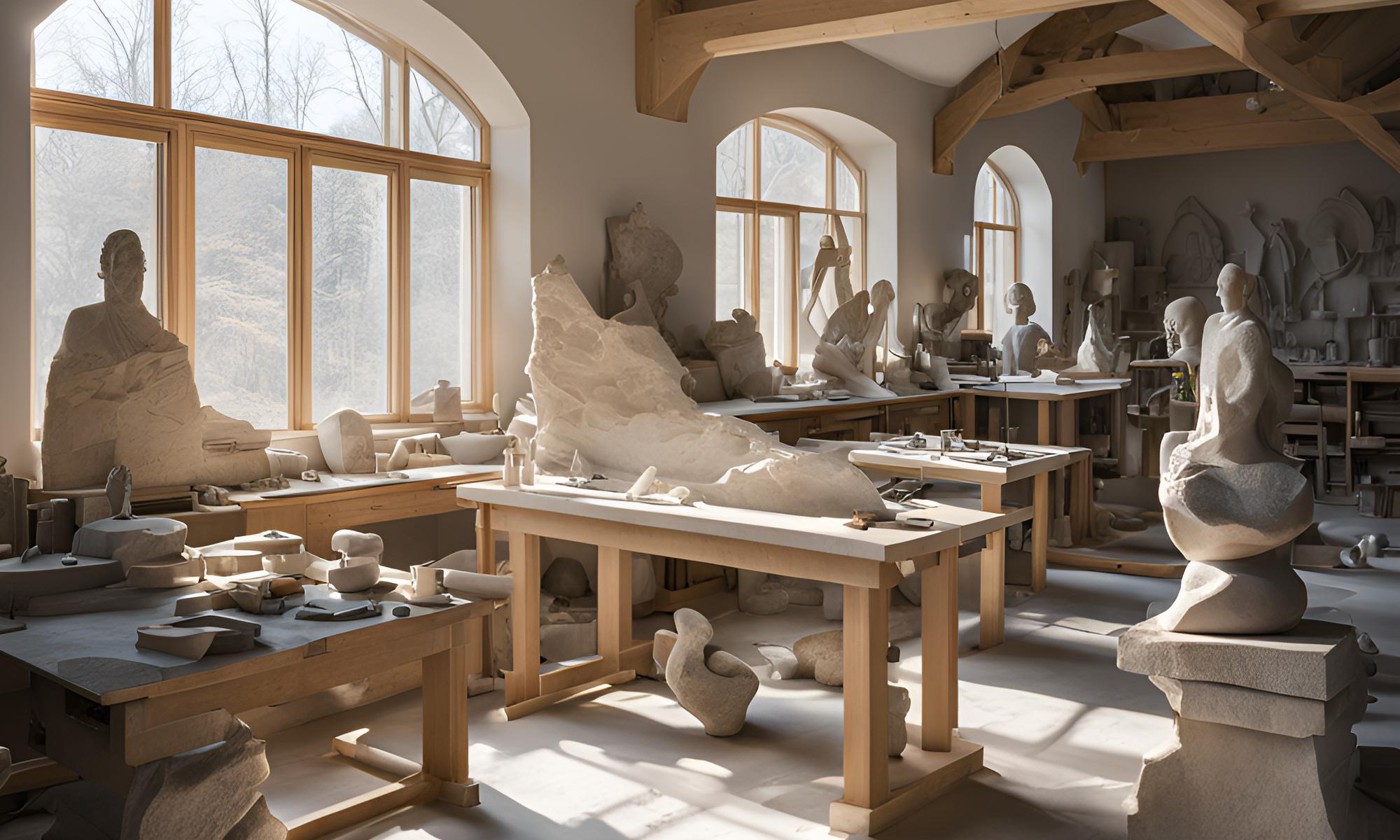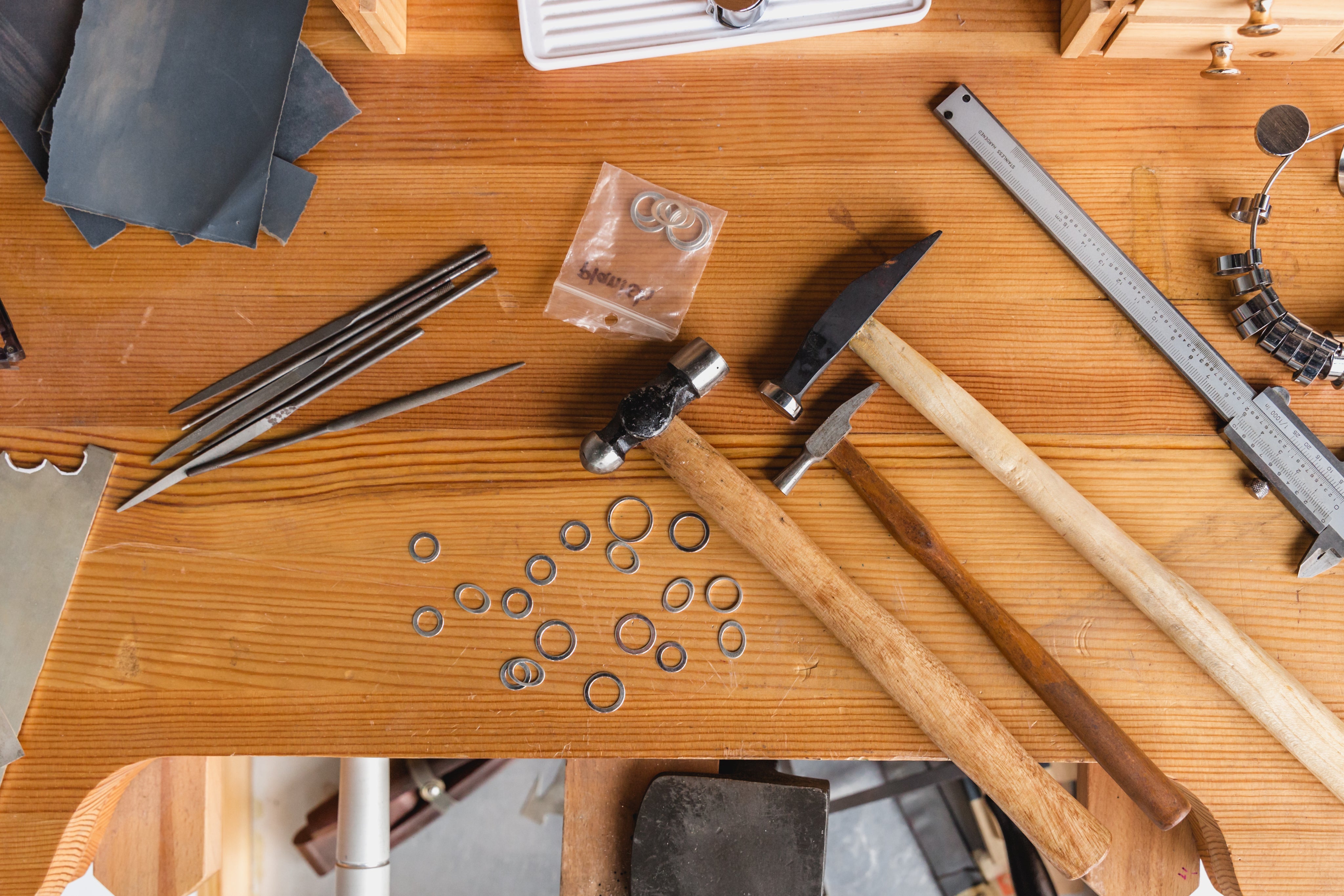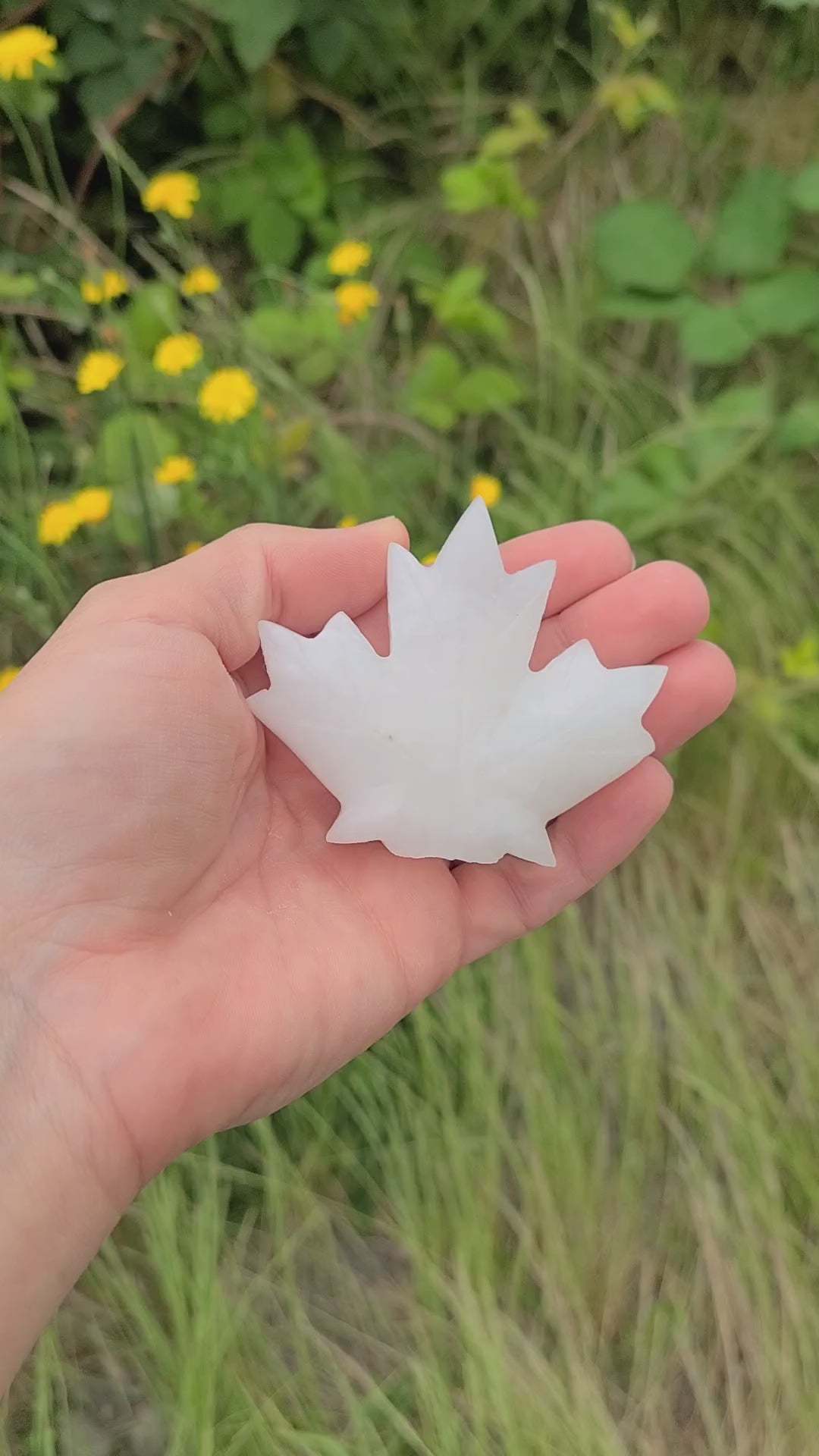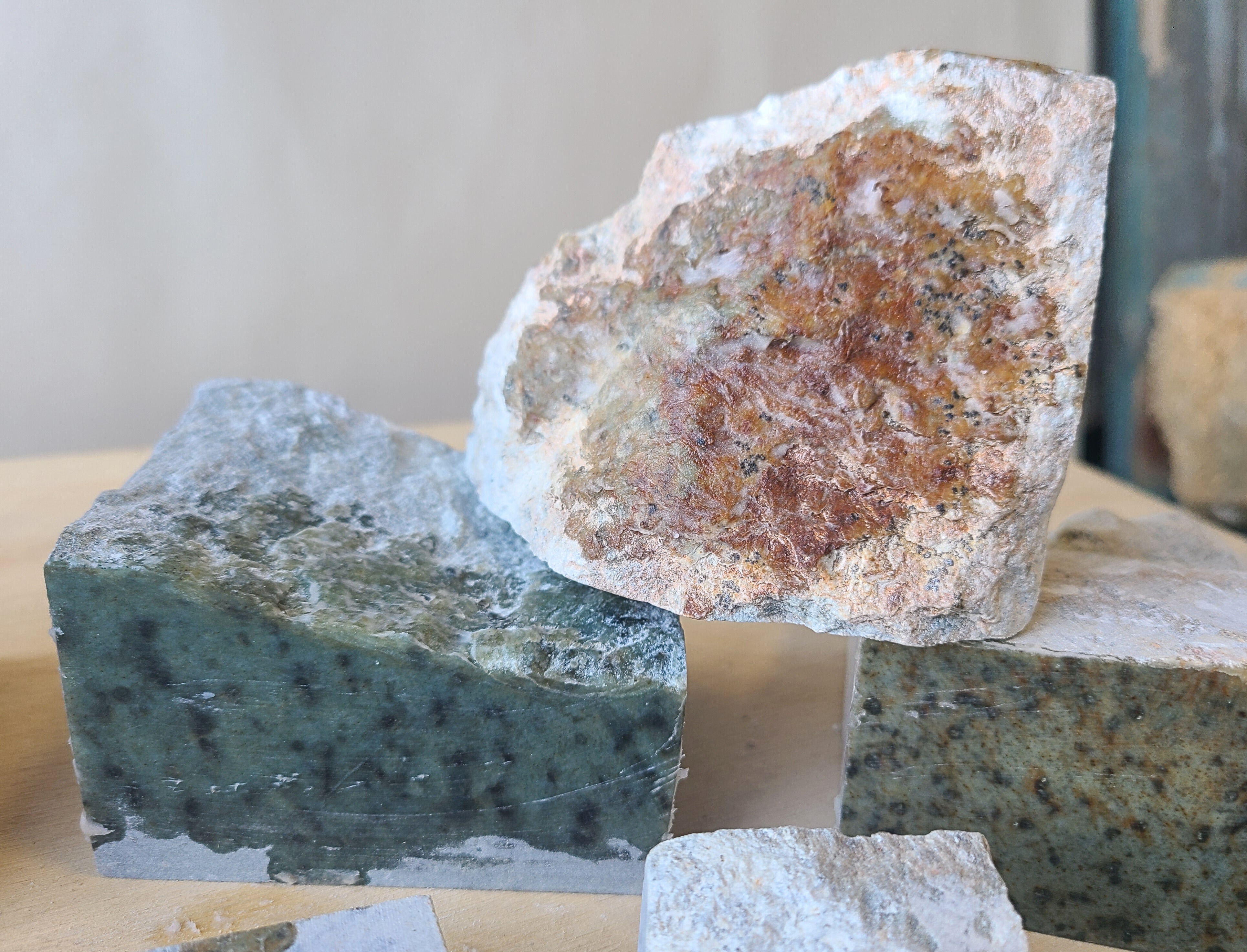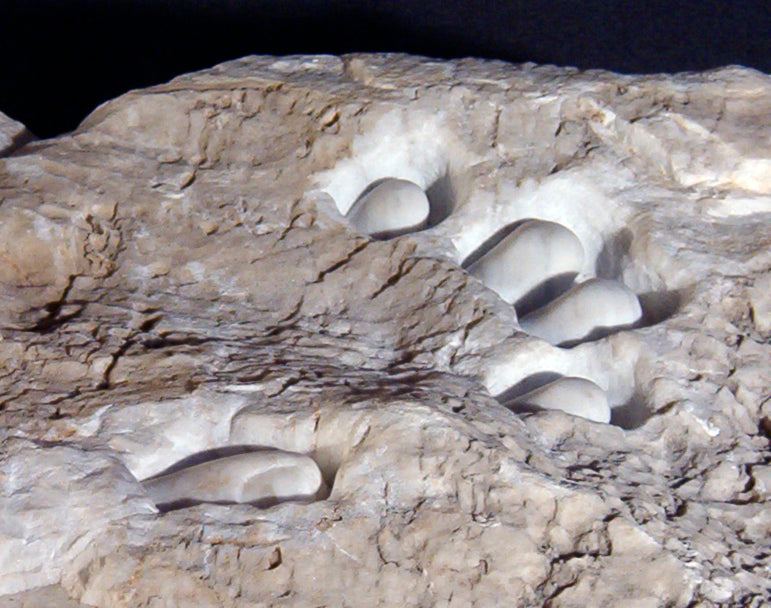- From beginner to experienced, we wish to support your stone carving journey.
- Join us for live carving sessions!
- Use the project instructional videos.
- Check out blogs and images.
- Sign Up to our newsletter.
Live Carving Workshops
Join HereCarving Resources
How to Videos
Find video tutorials for each animal shape or caving kit project here.
Where to get Stone
Contact us if you are looking for chunks of soapstone or alabaster. There are other suppliers listed here as well.
Tool sources
There are a lot of everyday tools that work well on softer stones. Here is a list of ones you can try.
Blog posts
What Makes Soapstone So Easy to Carve?
Soapstone is one of the easiest and most beginner-friendly carving materials thanks to its natural softness, smooth texture, and predictable carving behaviour. Learn why artists, teachers, and first-time carvers love working with this unique stone.
When it comes to sculpting, the choice of carving stone can greatly impact the outcome of your masterpiece. Let's explore some of the most popular stones used for sculpture and compare their key characteristics.
Portfolio
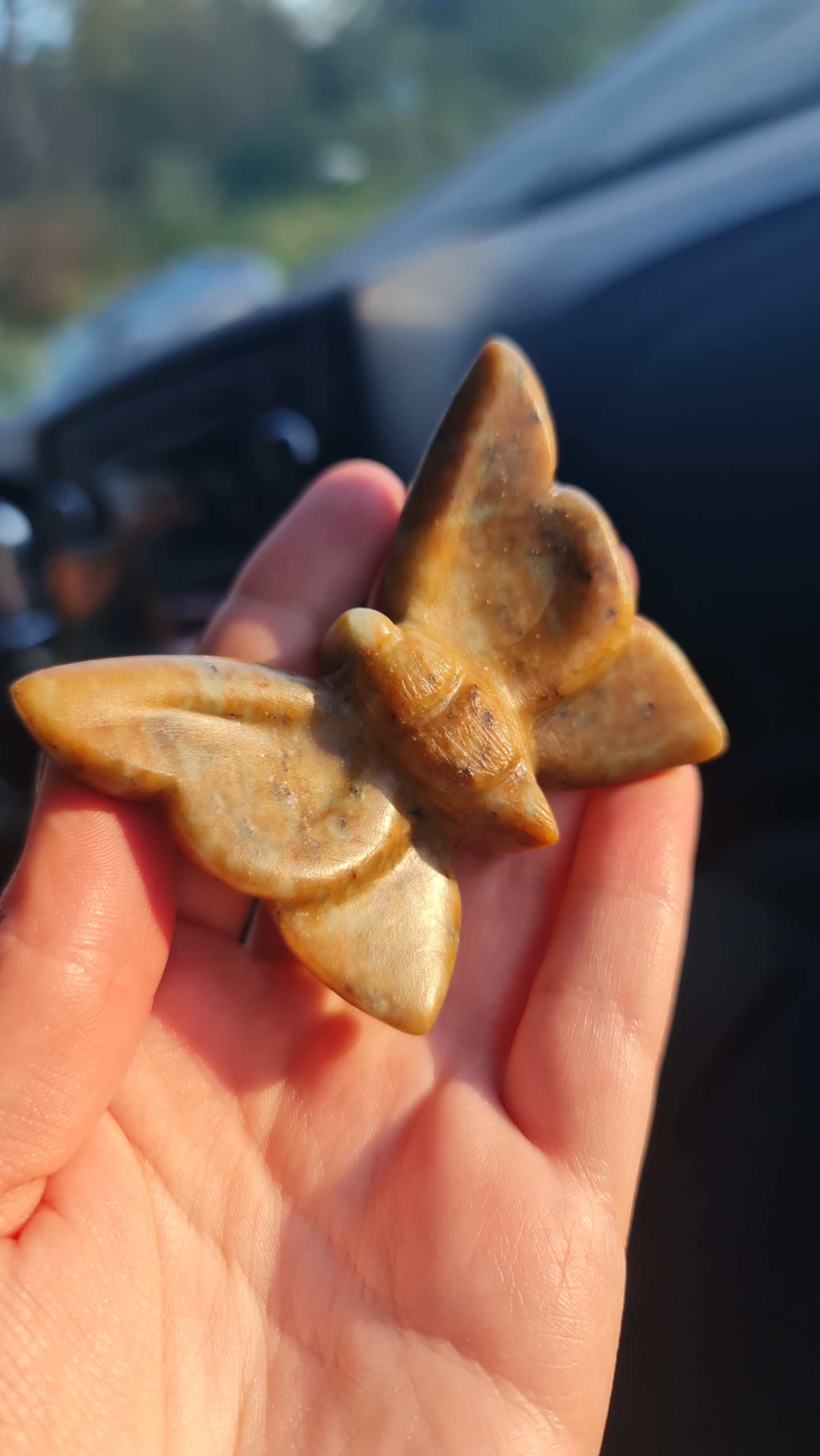
A stone butterfly!
Nicely carved from one of our newer kits. I like the detail texture on the body and the levels of wings.
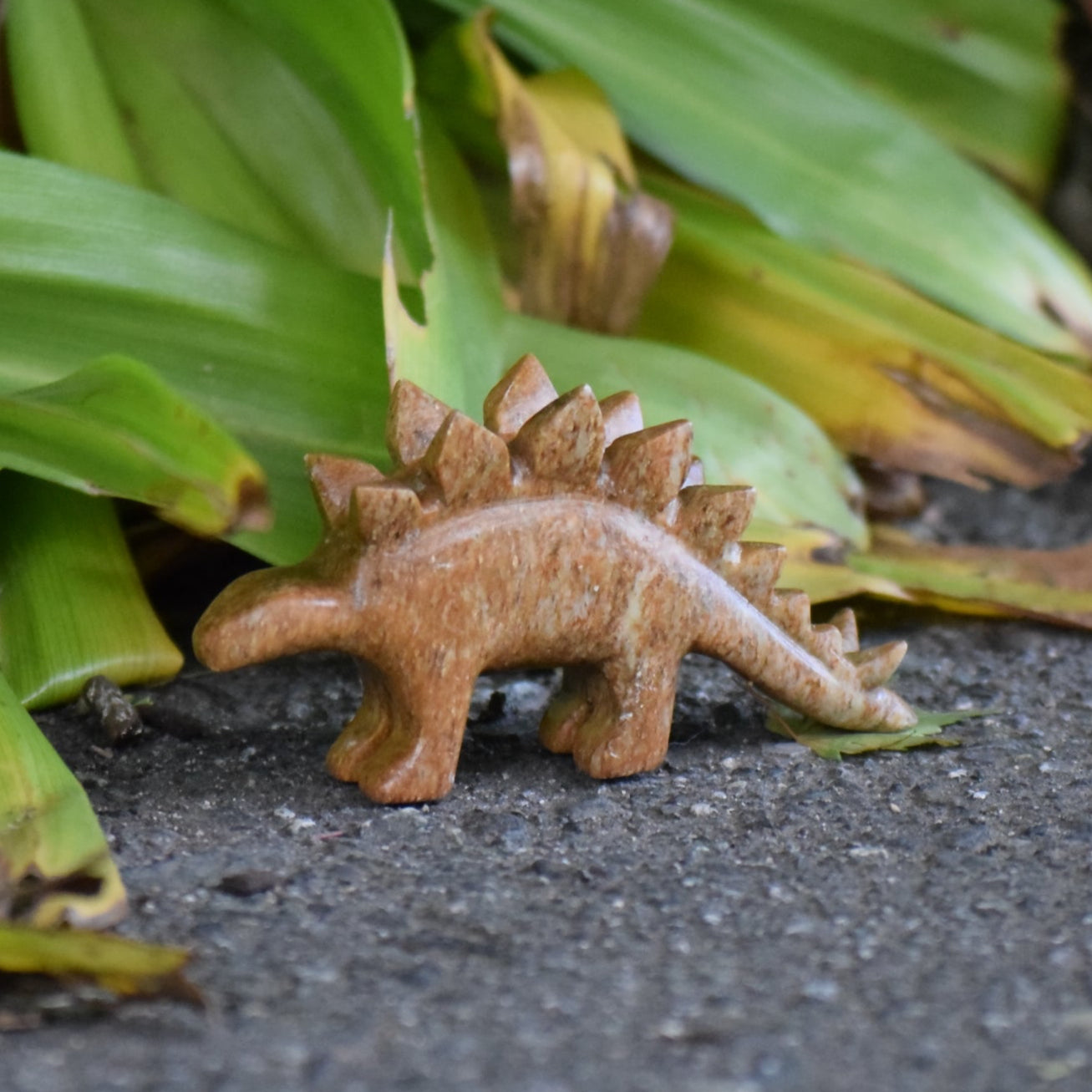
Stegosaurus project
Look closely and see how the plates on the back of the stegosaurus were detailed into pentagons.
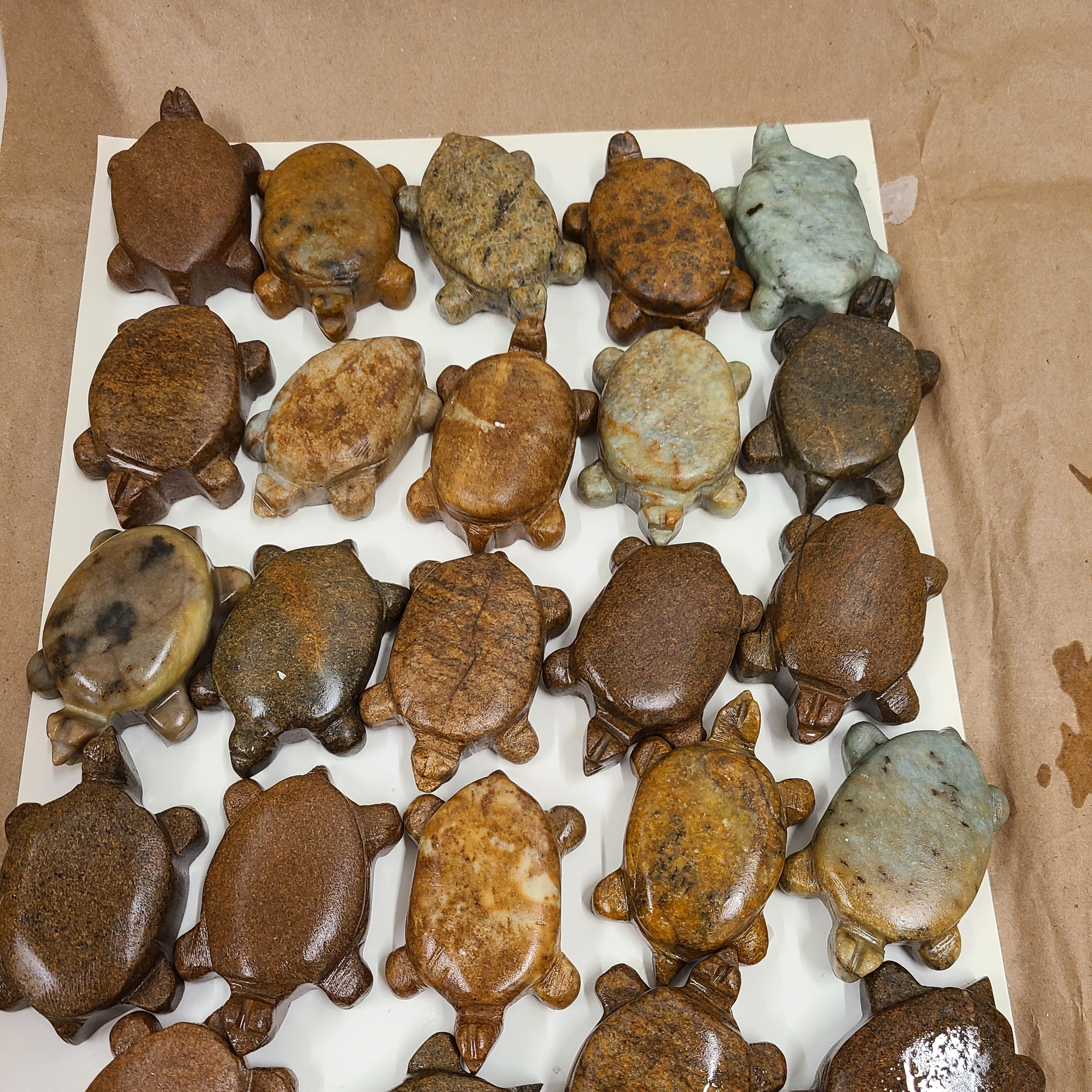
A classroom of Turtles
A school workshop carving soapstone turtles. It is always amazing to se the variety on natural colours and patterns in the stones.
FAQs
What is the best stone for a beginner?
I recommend starting with a "soft" stone, a hardness of 2 or less. Some of the better known options are Soapstone (browns and greens) , Alabaster (white, translucent) and Chlorite (black). Even through they are not as durable as harder stone, these options will allow you to complete your project relatively easily. Once you have succeeded with a softer stone there are many options for mid and hard stones to try.
What tools do I need to start?
I recommend starting simple, for a softer stone you can do everything with common hand tools. Use a hacksaw to cut off sections, use a wood rasp to shape the stone, for bigger pieces, a light club hammer and coal chisel to chip off pieces. Please wear safety glasses if using chisels.
How do I carve stone safely?
Dust control: For small carving projects like our carving kits, it is best to use water when shaping and sanding the stone. This eliminates all dry and airborne dust. So it is safe for all ages and to do indoors. For larger stone blocks, it is best to wear a dust mask, use a vacuum system or work outdoors. Do not carve stones with high silica content (like granite, sandstone) unless you use water. Also wear safety glasses, gloves and safety shoes if working with larger blocks.
